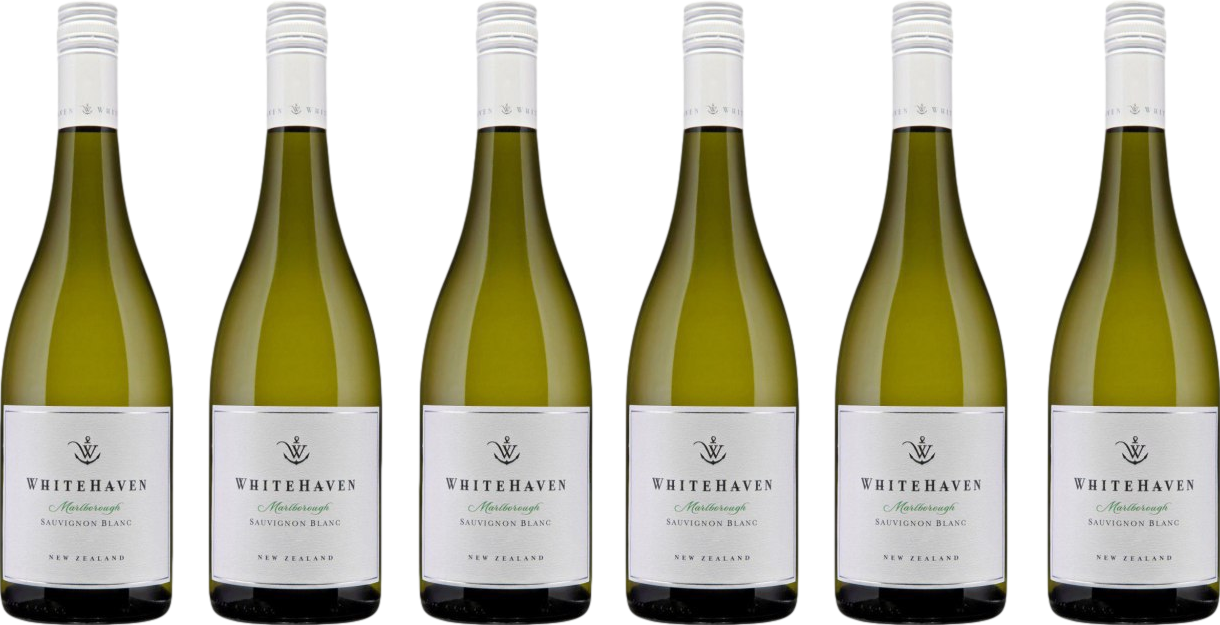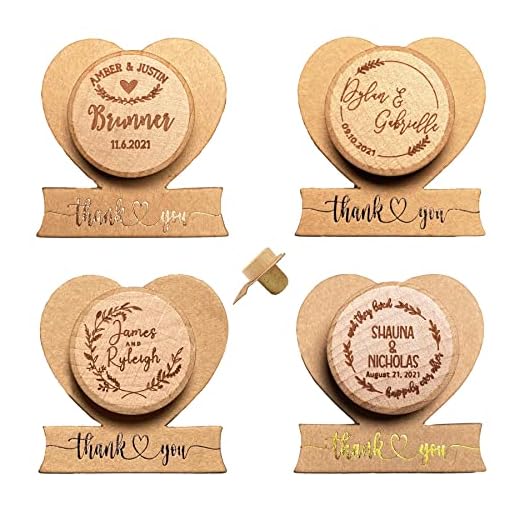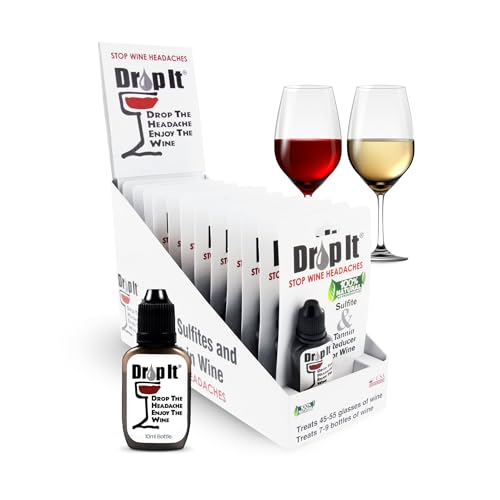



Once a bottle is uncorked, the clock starts ticking. Typically, a bottle of opened light-colored varietal can maintain its quality for approximately 3 to 5 days when stored in a cool environment. To maximize freshness, ensure that the cork is securely placed back in the bottle or alternatively utilize a vacuum sealer to expel excess air.
Temperature plays a pivotal role in preserving the integrity of the liquid. Keeping the bottle at a consistent temperature around 45-50°F (7-10°C) is ideal. If you notice any off-putting aromas or flavors, it’s best to discard the contents, as oxidization can easily compromise the profile. Always trust your senses; they are your best guide.
For those who enjoy experimenting with food pairings, consider how the aging process affects taste. A slightly older bottle may offer complex notes that could complement certain dishes, while a fresher option provides a crisper finish. As you savor the remaining sips, keep an eye on subtle shifts in flavor, and enjoy the discovery that comes with each pour.
Storage Duration for Uncorked White Varietals in Chilled Conditions
Typically, you can expect these beverages to remain enjoyable for about 3 to 5 days after being uncorked, provided they are stored correctly in a cooled environment. To maximize freshness, ensure the bottle is sealed with a stopper or cork to minimize exposure to air. This helps preserve the flavors and aromas that define the drink.
In cases where a sweeter style is chosen, such as Riesling or Moscato, the lifespan may extend slightly, allowing for up to a week of delightful sipping. Conversely, lighter and more delicate types like Sauvignon Blanc may begin to fade sooner, often within 3 days.
Regularly check the sensory qualities by smelling and tasting. If you notice any off-aromas or flavors, it’s best to discard the remainder. Always remember that the initial quality of the bottle plays a significant role in how well it will hold up over time.
Understanding the Shelf Life of Open White Wine
An opened bottle of white varietal can maintain its quality for approximately three to five days in a chilled environment. Certain factors influence this duration, including the specific type of grape, storage conditions, and how much air exposure occurs after opening.
Factors Affecting Longevity
- Type of Grape: Lighter styles like Pinot Grigio and Sauvignon Blanc tend to degrade faster than fuller-bodied options such as Chardonnay.
- Storage Temperature: Keeping it consistently cool slows oxidation, helping to preserve flavors.
- Seal Quality: A good closure, such as a cork or specialized wine stopper, reduces air contact, thus extending freshness.
Maximizing Quality
- Store upright to minimize surface area exposure to air.
- Utilize vacuum pumps to remove air from the bottle before recapping.
- Consider transferring leftovers into a smaller container to reduce air volume.
By following these guidelines, you can enjoy your opened bottle at its best for several days. Always trust your senses; if the aroma or taste seems off, it’s best to discard it. Cheers!
Factors Affecting the Longevity of Open White Wine
Temperature stability plays a significant role in preserving the quality of your beverage. Keeping it consistently cool within the optimal range of 45 to 50 degrees Fahrenheit is crucial. Any fluctuations can accelerate spoilage.
Oxygen exposure is another key factor. Once the bottle is uncorked, it begins to interact with air, leading to oxidation. To mitigate this, consider using a vacuum pump to remove air or transferring the contents into a smaller container to limit exposure.
Storage position matters as well. Always store bottles upright to minimize surface area contact with air, which can slow down oxidation. This simple adjustment can extend freshness.
Seal integrity is also important. A tight seal can significantly prolong the lifespan by preventing air ingress. If the original cork is damaged, investing in a quality wine stopper can be beneficial.
Lastly, the initial quality of the liquid is vital. Higher acidity and sugar levels often contribute to a longer shelf life. Selecting a well-structured variety can yield better results in terms of longevity.
| Factor | Impact on Longevity |
|---|---|
| Temperature Stability | Maintains optimal conditions |
| Oxygen Exposure | Accelerates spoilage |
| Storage Position | Reduces oxidation |
| Seal Integrity | Prevents air ingress |
| Initial Quality | Affects longevity potential |
Best Practices for Storing Open White Wine in the Refrigerator
Seal any leftover beverage with a tight stopper or cork. This minimizes oxygen exposure, which can lead to degradation in flavor and aroma.
Position the bottle upright. This reduces the surface area exposed to air and helps preserve the quality. Additionally, it prevents sediment from mixing back into the liquid.
Utilize a dedicated wine refrigerator if available. These units maintain optimal temperature and humidity levels, ensuring better preservation than a standard fridge.
Keep the temperature consistent. Aim for a range of 45-50°F (7-10°C). Avoid frequent fluctuations, as stability is key to maintaining freshness.
Store away from strong odors. Place the bottle in a section of the fridge where it won’t absorb unwanted scents from other foods, which can alter its taste.
Consume within a week. While some may sip longer, this timeframe generally ensures the best experience. After this period, flavors may diminish significantly.
Consider using a vacuum pump. These devices remove air from the bottle, slowing oxidation and extending enjoyment time.
Monitor for visual signs of spoilage. Look for changes in color, cloudiness, or an off-putting aroma, which could indicate the beverage has gone bad.
Signs That Open White Wine Has Gone Bad
Foul odor is a clear indicator. If the aroma resembles vinegar or has an unpleasant, musty scent, it’s time to discard it. Fresh and fruity fragrances should be replaced with something more acrid or sour.
Visual changes can also signal spoilage. If you notice any cloudiness or sediment that wasn’t there before, it’s a sign that the quality has deteriorated. A wine that was once clear may now appear murky or have floating particles.
Flavor Profile Alterations
A sharp, unpleasant taste often indicates that oxidation has occurred. A fresh bottle should have a crisp, lively flavor; if it tastes flat or overly sour, it’s likely past its prime. The presence of bitterness can also indicate spoilage.
Presence of Bubbles
If a still variety starts exhibiting bubbles, it may be fermenting in the bottle due to spoilage. This effervescence is not typical for non-sparkling types and should be taken as a warning sign.
When in doubt, trust your senses. If you detect any off-putting characteristics, it’s best to err on the side of caution and dispose of the bottle. Enjoying quality beverages is paramount, and safety should always come first.
Tips for Enjoying Leftover Open White Wine
Always keep any unfinished bottle upright to minimize oxidation. A cork or stopper can help maintain freshness, but if you don’t have one, plastic wrap works in a pinch. Consume within three to five days for the best experience.
Consider making wine spritzers by mixing your remaining liquid with soda water and a slice of citrus. This not only refreshes the taste but also extends enjoyment. Alternatively, use it in cooking; a splash enhances sauces or marinades beautifully.
For a creative twist, freeze leftover portions in ice cube trays. These cubes can add flavor to future dishes or drinks, making them a versatile addition to your kitchen. Check out this guide on how to cook a baked potato in the airfryer while you’re at it; it pairs wonderfully with a splash of your favorite bottle!
Lastly, experiment with food pairings to elevate flavors. A little cheese or seafood can transform your experience. Don’t let that precious liquid go to waste; there are countless ways to enjoy it beyond just sipping.







